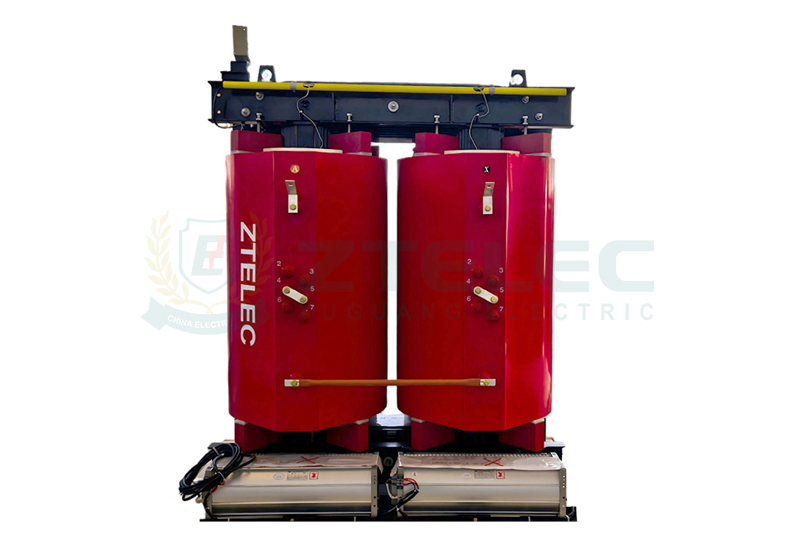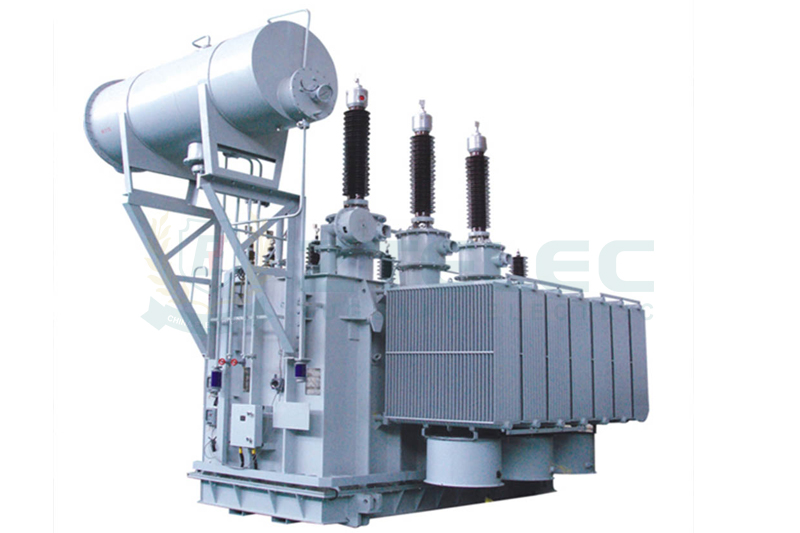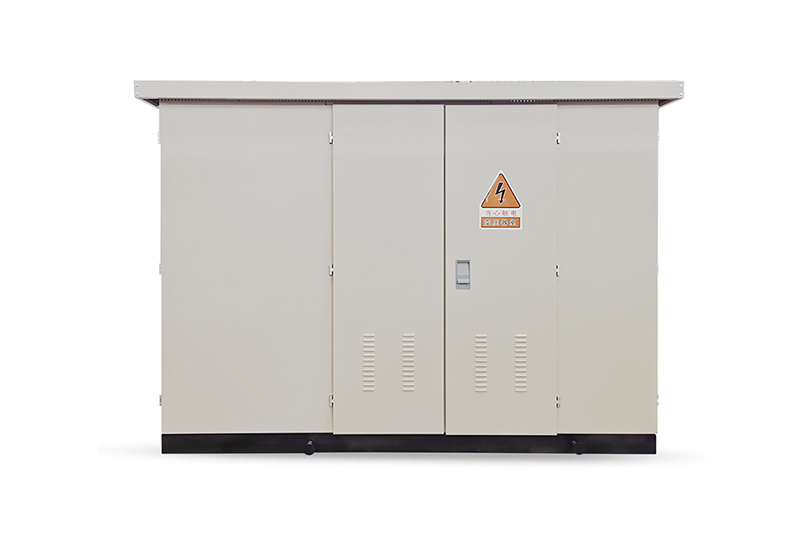SCB10 vs SCB11 vs SCB12: Oil-Immersed Transformer Capacity & Performance Comparison
Time:2025-07-9 Auther:ZTelec-www.ztelectransformer.com
Oil-immersed transformers are core components in power transmission and distribution systems. Selecting the appropriate transformer model and capacity is vital for ensuring system reliability, cost-efficiency, and long-term performance. Among the most widely used dry-type (resin-encapsulated) oil-immersed transformers, SCB10, SCB11, and SCB12 each offer distinct advantages. This article provides a detailed comparison of their capacity ranges, performance parameters, and suitable application scenarios to help you make an informed selection.
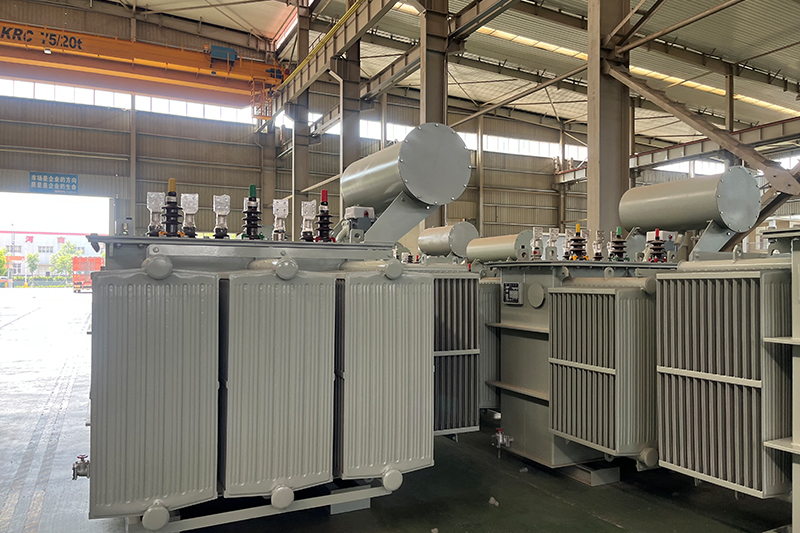
Capacity Range Comparison: SCB10 vs SCB11 vs SCB12
SCB10 Transformer
Capacity Range: 10 kVA – 2500 kVA
Designed for small to medium-scale distribution applications, SCB10 operates reliably in typical environments such as commercial buildings, schools, and small industrial facilities. It provides stable performance and meets basic power distribution requirements.
SCB11 Transformer
Capacity Range: 10 kVA – 4000 kVA
Offering a wider capacity spectrum, SCB11 suits mid- to large-scale power loads. Its improved energy efficiency and load adaptability make it ideal for high-demand areas like hospitals, office complexes, and data centers.
SCB12 Transformer
Capacity Range: 10 kVA – 4000 kVA
Though its range overlaps with SCB11, SCB12 incorporates optimized structural and thermal designs to enhance overall performance. It’s the preferred choice for modern, high-efficiency systems such as renewable energy power stations and smart grid nodes.
Performance Comparison: Energy Efficiency, Losses, and Thermal Behavior
1. Energy Efficiency Class
SCB10: Complies with older national standards (Level 3). Higher no-load losses, e.g., 2090W for a 1250kVA unit.
SCB11: Meets Level 2 efficiency, reducing no-load loss by 20–30%, e.g., 1881W for the same unit.
SCB12: Optimized for high-efficiency environments. Manufacturer-specific data show even lower no-load loss, making SCB12 ideal for energy-conscious installations.
2. Loss Comparison
No-load loss: SCB12 < SCB11 < SCB10
Load loss: Relatively similar across all models, though SCB12 may offer slight improvements due to better coil and cooling design.
3. Temperature Rise and Overload Capacity
SCB12: Features a rectangular coil structure and increased cooling surface area, allowing for better thermal control and higher overload capacity—suitable for continuous heavy loads.
SCB11: Improved over SCB10 but less efficient than SCB12; suitable for moderate, steady loads.
SCB10: Higher temperature rise and limited overload handling; best used in light-load scenarios with minimal fluctuations.
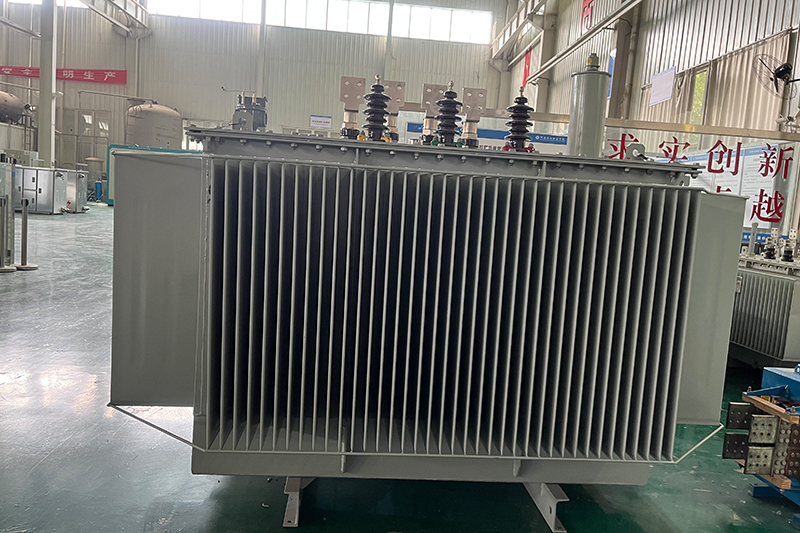
Transformer Model Selection by Application Scenario
1. Small to Medium Load Applications (≤2500 kVA)
Recommended: SCB11
Its reduced no-load loss (20–30% lower than SCB10) allows for faster ROI and better long-term energy efficiency.
Alternative: SCB10 for cost-sensitive projects where load rarely exceeds 60%. Ideal for basic infrastructure with stable, low loads.
2. Medium to Large Load Applications (2500–4000 kVA)
Recommended: SCB12
With excellent thermal performance, lower losses, and better overload protection, SCB12 is perfect for high-reliability environments such as data centers, renewable energy facilities, and transmission hubs.
Alternative: SCB11 can serve as a reliable backup when cost or lead time is a constraint.
3. Special Environmental Conditions
Humidity or Dust-Prone Areas: All three models use dry-type insulation, but SCB12’s enhanced sealing improves resistance to environmental contamination.
High-Altitude Regions: All models may require capacity derating per GB/T standards. SCB12 offers better heat dissipation and may experience less derating, ensuring performance stability at elevation.
Choosing the Right Oil-Immersed Transformer Model
The decision between SCB10, SCB11, and SCB12 should be based on load requirements, efficiency expectations, environmental conditions, and budget considerations:
SCB10: Suitable for low-load, budget-first projects
SCB11: Balanced choice for general industrial and commercial use
SCB12: Ideal for high-efficiency, mission-critical, or environmentally demanding scenarios
As power systems evolve toward renewable energy integration and smart grid functionality, transformer selection must account for stricter energy efficiency standards, environmental durability, and intelligent control compatibility. Staying updated with manufacturer improvements and national standards is crucial for long-term planning and equipment investment.

